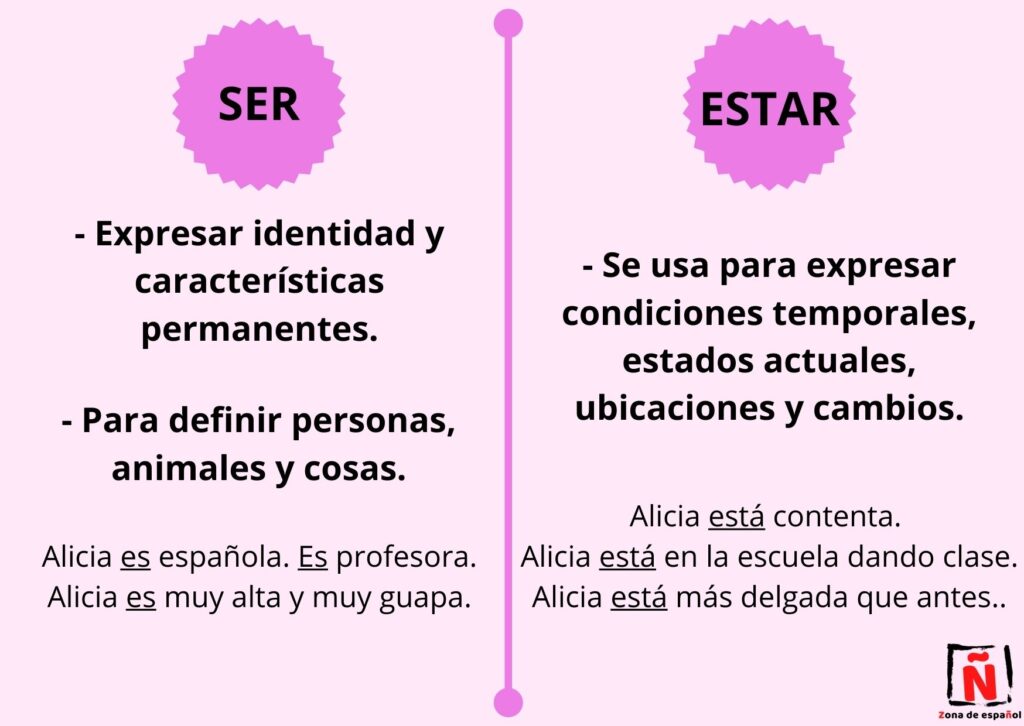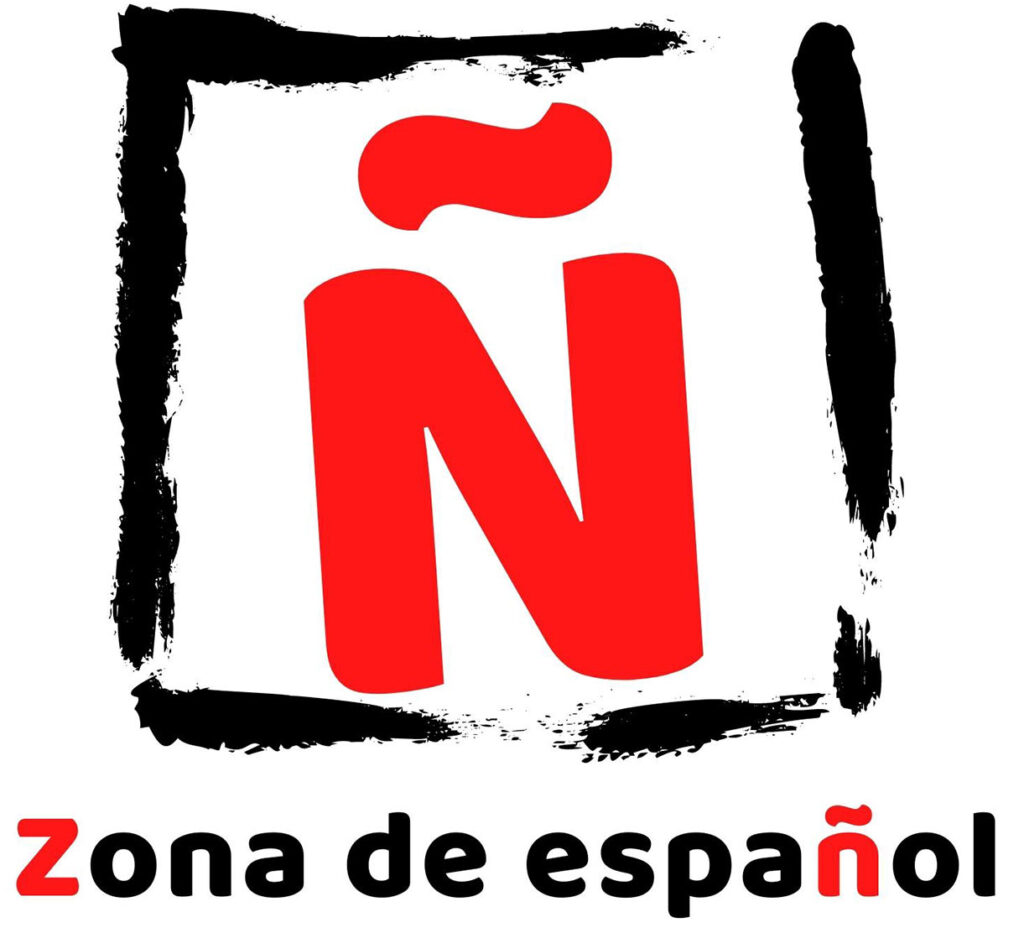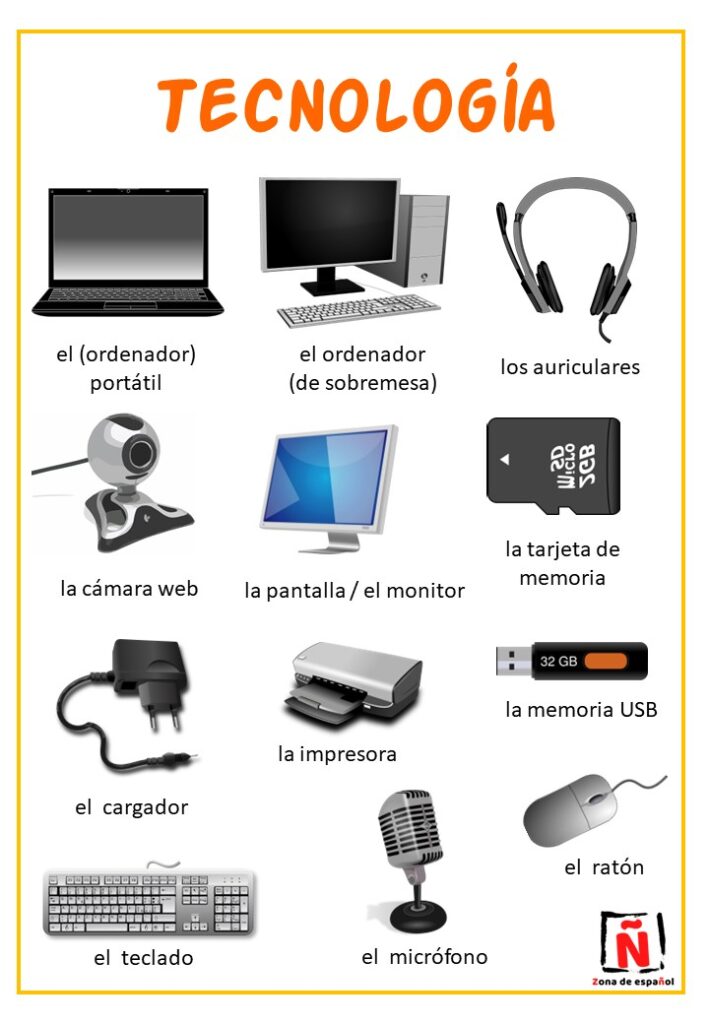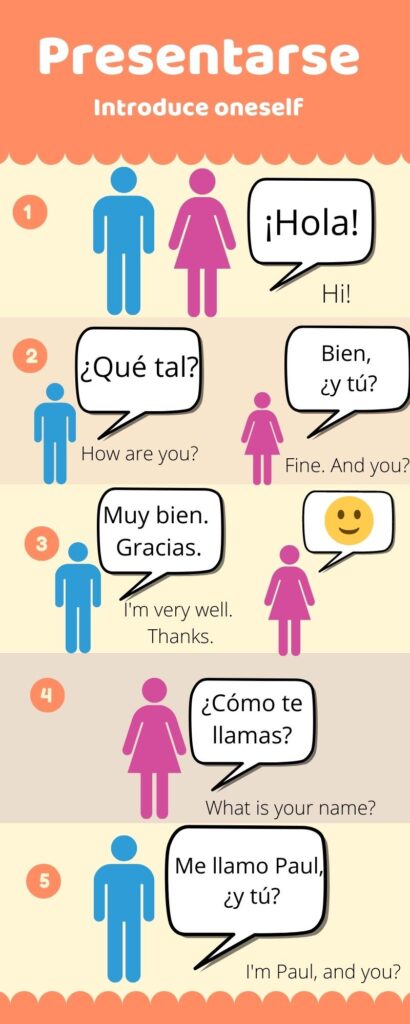Ser and estar in Spanish can be confusing for those who are learning the language. Both are translated to English as to be, and in other languages, they are also used in the same way, but in Spanish, they are two different verbs.
Understanding when to use each one is essential for effective communication in Spanish. Let’s look at the main differences between ser and estar:
SER
It is used to express permanent characteristics and identity that define a person or an object. Examples:
Soy María y soy española.
El coche es rojo.
Indicating profession: María es profesora de español. (Note: it doesn’t take un/una like in English a/an. We don’t say “María es una profesora de español”).
Indicating ideology: Muchos españoles son católicos.
Physical appearance and personality: Soy delgada. Soy simpática…
Family or personal relationships: Ana y Diego son mis amigos.
Possession: Esa chaqueta es mía.
When or where an event takes place: El partido es el miércoles. Las clases son en la escuela pública.
With time and times of day: ¿Qué hora es en China? ¿Es de noche?
Prices: ¿Cuánto es? Son 30 euros.
With the preposition para to express the recipient, purpose, or objective. La cafetera es para hacer café. La carta es para Marisa.
Together with the preposition de to indicate origin or material. Ese café es de Colombia. Ese anillo es de oro.
Making assessments: Esa película es muy buena.
Passive sentences with ser + past participle. Las camisas fueron planchadas por Lucía.
ESTAR
It is used to express temporary conditions, current states, locations, and changes.
Moods and health: Está triste porque murió su perro. Hoy no fui a trabajar porque estoy enferma.
Changes in appearance: Rosa está muy morena porque fue mucho a la playa el mes pasado.
Marital status: estoy soltera, estoy casada… *Except: ser viudo/a.
Location: La escuela está cerca de la estación de metro.
With estar a/en + date to indicate the current date. ¿A qué día estamos? Estamos a lunes. Estamos 5 de noviembre.
The same applies to en + season to indicate the current season. Estamos en otoño.
Always used estar with bien/mal. Está bien hacer deporte. Está mal llegar tarde.
Temporary states with the preposition de + noun. For example:
Estamos de buen humor.
Está de moda publicar fotos de comida en Instagram.
Juan está de camarero en un bar.
Borja está de vacaciones.
Price + preposition a: ¿A cuánto están las manzanas? El kilo está a 3 euros.
With estar + gerund. ¿Qué estás haciendo? Estoy haciendo los deberes de español.
The way an object is produced está fabricado en/con + material. El anillo está fabricado en/con oro.
Está hecho/a de + material: El anillo está hecho de oro.
Expressing temperature: estar a ___ grados. Hoy hace frío, estamos a 6 grados.
Many adjectives have different meanings when used with ser or estar.
If we want to express that the quality is a characteristic of the subject, we use ser, and if we want to indicate that it is a state or a product of a change, we use estar. For example: José es muy simpático y está muy guapo con ese peinado.
To assess food or beverages: we use ser to evaluate them in general and estar to refer to a specific dish or drink. El café es un poco amargo, pero este está muy dulce.

Let’s see some examples for ser and estar with other adjectives:
Ser aburrido ➦ personality, doesn’t change.
Estar aburrido ➦ state of mind, can change “Ser bueno” -> personality, a good person.
Estar bueno ➦for food: it’s delicious, tasty. For persons: to be attractive, handsome/pretty.
Ser ciego ➦ having a disability.
Estar ciego ➦ not being able to see something at a certain moment.
Ser despierto ➦ personality, being a clever person.
Estar despierto ➦ not being asleep.
Ser joven ➦ of age.
Estar joven ➦ staying physically young at other ages, appearing younger.
Ser orgulloso ➦ personality.
Estar orgulloso ➦ feeling pride in something.





